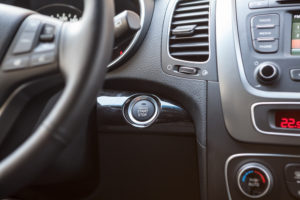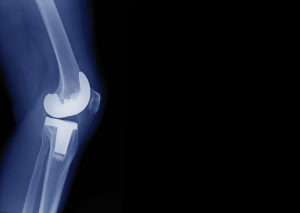Earlier this year, the National Highway Traffic Safety Administration (NHTSA) rolled out new child car seat recommendations. The new recommendations were in the news for weeks and we told you about them here on Injury Board. Well this last week, September 18-24, was National Child Passenger Safety Week, making now a good time for a little refresher on keeping your children safely restrained when you’re traveling.
In 2009, over 1,000 children ages 14 and under died in motor vehicle crashes; another 179,000 suffered injuries. Research shows, however, that having the right child car seats and properly using child restraints in vehicles can make an enormous impact on your child’s wellbeing in the unfortunate event that a crash happens. For example, in 2008, the use of restraints saved the lives of 244 children ages 4 and younger. Child safety seats reduce the risk of death in car crashes by 71% for infants and 54% for toddlers ages one to four. In addition, for children ages 4 to 7, booster seats reduce injury risk by 59% compared to safety belts alone.
Those statistics cannot be ignored and they indicate a need for parents to take seriously the proper use of child car seats. NHTSA’s new child-focused recommendations provide specific guidelines for appropriate seat use at different ages. They also provide some general guidance on the different types of seats available. For example:
- A rear-facing car seat is the best seat for a young child. In a crash, it cradles and moves with the child to reduce stress to a young child’s fragile neck and spinal cord
- A forward-facing seat is effective at limiting your child’s forward movement during a crash
- Booster seats help make sure that the seat belt is positioned in a way that it fits over the stronger parts of your child’s body
- Seat belts in general should lie across the upper thighs and be snug across the shoulder and chest to safely restrain a child in a crash. It should not rest on the stomach area or across the neck
National Child Passenger Safety Week is about more than just these reminders to properly restrain your child. This Saturday, September 24th is National Seat Check Saturday—a day where parents can visit an inspection station and have certified technicians inspect child car seats and provide guidance on how to correctly install and use it. To find out where you can go in the Omaha-Council Bluffs Area, check out the inspection station locator on NHTSA’s website. A brief stop at one of these locations can make a big difference in your child’s safety.

The Legal Examiner and our Affiliate Network strive to be the place you look to for news, context, and more, wherever your life intersects with the law.











Comments for this article are closed.